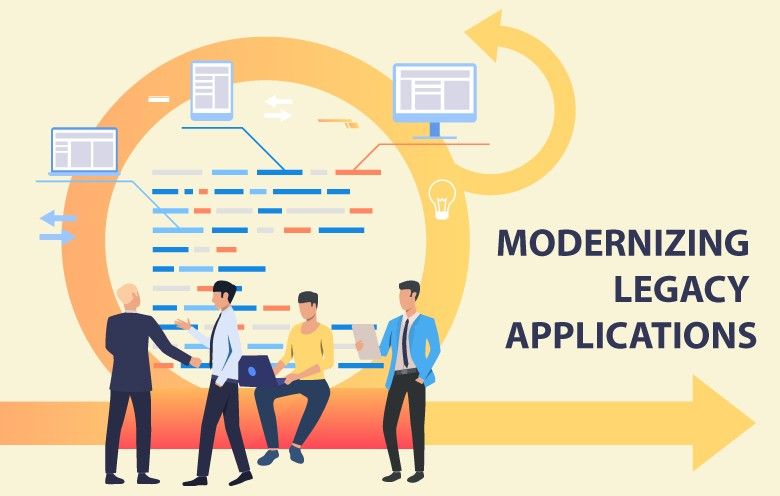Revitalize Your Business: A Guide to Legacy System Modernization
In the ever-evolving landscape of technology, businesses often find themselves tethered to outdated systems that hinder growth, agility, and efficiency. Legacy systems, while once robust and reliable, can become obstacles to innovation and scalability. The solution lies in Legacy System Modernization, a strategic approach to breathing new life into existing software and unlocking a myriad of benefits for businesses in the digital age.
Understanding Legacy Systems:
Legacy systems, typically developed with older technologies and architecture, can impede an organization’s ability to adapt to changing market demands. These systems may face challenges such as:
- Outdated Technology: The technology on which the legacy system is built might be obsolete, making it challenging to find skilled developers or integrate with modern tools.
- Inflexibility: Legacy systems are often rigid and challenging to modify, hindering the quick implementation of new features or changes.
- Security Concerns: Older systems may lack the robust security features necessary to withstand contemporary cyber threats.
Why Modernize?
Modernizing legacy systems is not just about keeping up with the latest trends; it’s a strategic move to:
- Enhance Performance: Legacy System Modernization improves system efficiency, resulting in faster response times and better overall performance.
- Improve Scalability: A modernized system is designed to scale with your business, accommodating growth seamlessly.
- Boost Security: Upgrading security features ensure that your data and applications remain protected against evolving cyber threats.
- Reduce Costs: Modern systems are often more cost-effective to maintain, reducing long-term operational expenses.
Key Steps in Legacy System Modernization:
- Assessment: Conduct a thorough assessment of the existing legacy system, identifying pain points, and defining modernization goals.
- Choose the Right Approach: Decide between options like re-platforming, re-hosting, re-architecting, or a complete system rewrite based on the specific needs of your business.
- Incremental Changes: Implement changes incrementally to minimize disruptions to ongoing operations and ensure a smooth transition.
- Data Migration: Plan and execute a meticulous data migration strategy to transfer critical information seamlessly to the new system.
- Testing and Quality Assurance: Rigorous testing is essential to identify and rectify any issues that may arise during or after the modernization process.
- Training and Adoption: Train your teams on the updated system to ensure a smooth transition and maximize the benefits of the modernized infrastructure.
Benefits of Legacy System Modernization:
- Improved Performance: Enjoy faster response times and enhanced overall system performance.
- Enhanced Security: Modern security features protect against evolving cyber threats.
- Scalability: Adapt to business growth with a system designed to scale effortlessly.
- Cost-Efficiency: Reduce long-term operational costs associated with maintaining outdated systems.
Conclusion:
Legacy System Modernization is not just a technological upgrade; it’s a strategic investment in the future of your business. Embrace the possibilities of a modernized infrastructure to remain competitive, agile, and well-positioned for the digital challenges ahead. Revitalize your business, embrace innovation, and ensure sustained success in the dynamic landscape of today’s technology-driven world.
